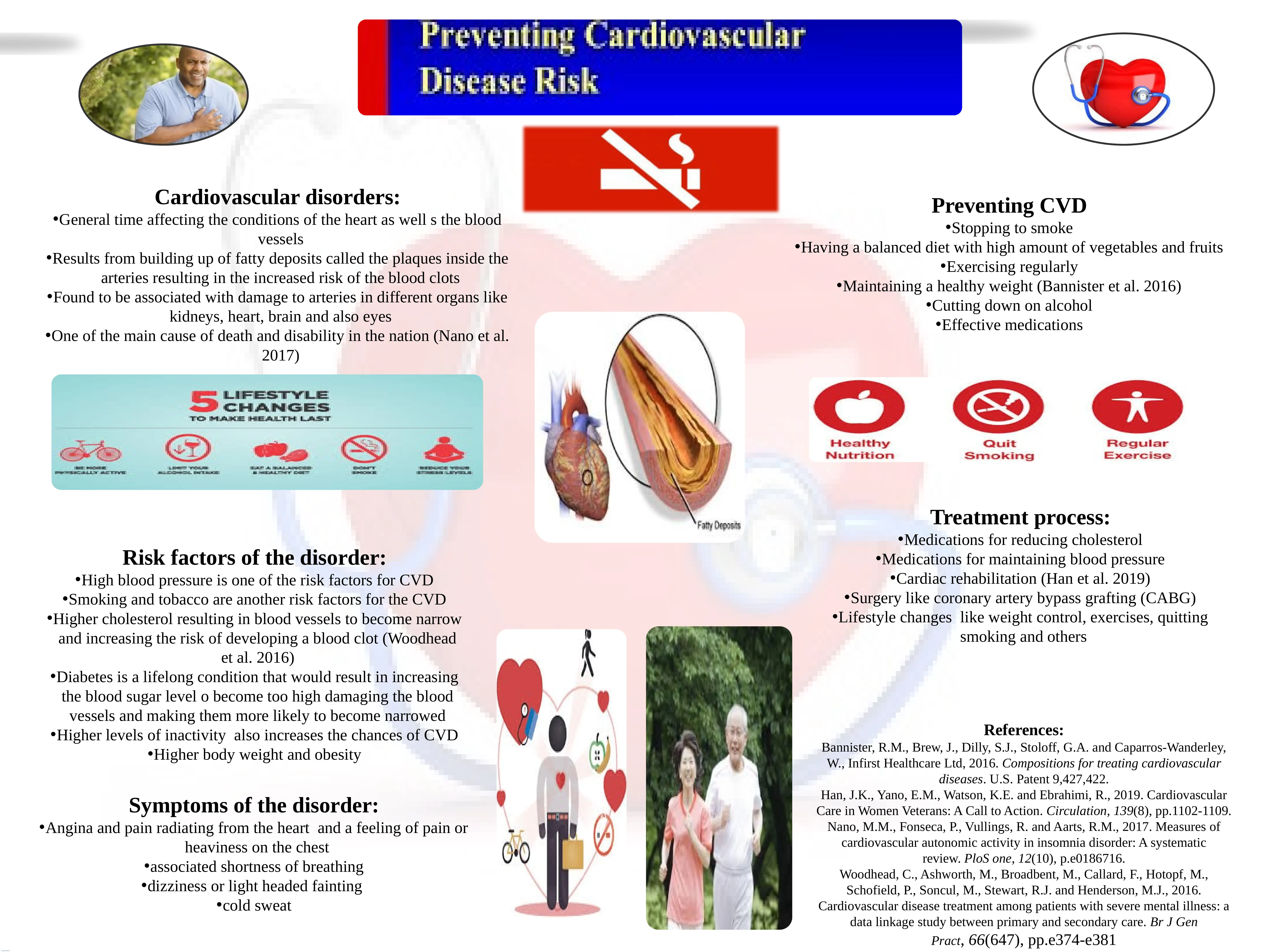Cardiovascular Disorders: Prevention, Treatment, and Risk Factors
VerifiedAdded on 2023/01/18
|1
|500
|64
Presentation
AI Summary
This presentation provides an overview of cardiovascular disorders, including their prevention, treatment, risk factors, and symptoms. It emphasizes the significance of lifestyle changes, medications, and surgeries in managing this condition. The presentation also highlights the impact of high blood pressure, smoking, cholesterol, diabetes, inactivity, and obesity as risk factors for cardiovascular disorders.
Contribute Materials
Your contribution can guide someone’s learning journey. Share your
documents today.
1 out of 1







![[object Object]](/_next/static/media/star-bottom.7253800d.svg)